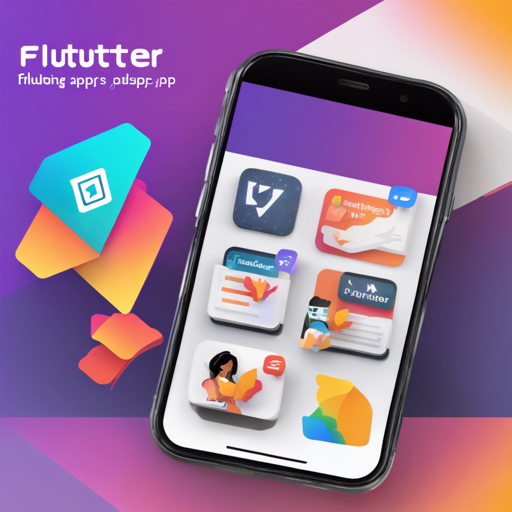The Flutter App Badger plugin is a nifty tool that lets you change the app badge displayed in the launcher for your Flutter applications. Although it is important to note that this plugin is currently unmaintained, it still serves well in updating app badges on platforms like iOS, macOS, and select Android devices. This article will guide you through the steps needed to utilize this plugin effectively, along with tips for troubleshooting common issues.
Getting Started with Flutter App Badger Plugin
Before diving into implementation, it’s essential to have the right setup in place for each platform: iOS, macOS, and Android. Let’s walk through each section step-by-step.
iOS Setup
To successfully update the badge on iOS, you will need to request notification permissions. This permission is automatically prompted when you add or remove a badge. Here’s what you need to do:
- Update your
ios/Runner/Info.plistfile by adding the following:
UIBackgroundModes
remote-notification
macOS Setup
Similarly, macOS requires notification permission for updating the app badge:
- Update your
macos/Runner/Info.plistby including:
NSUserNotificationAlertStyle
banner
Android Setup
Android, however, is a bit trickier, as there is no official API for displaying badges. Fortunately, some devices, like Samsung and HTC, support it through the Shortcut Badger library. About 16 launchers are compatible. You will need to integrate this library into your project.
Importing the Plugin into Dart
After setting up as required for each platform, you can now start using the plugin in your Dart files:
import 'package:flutter_app_badger/flutter_app_badger.dart';
Updating and Removing Badges
You can now manage your app badges effectively using the following methods:
- To add a badge, use:
FlutterAppBadger.updateBadgeCount(1);
FlutterAppBadger.removeBadge();
FlutterAppBadger.isAppBadgeSupported();
Understanding the Process: An Analogy
Think of the app badge as a light on a mailbox. Just like how people can see if there’s mail in your mailbox based on whether the light is on or off, the app badge lets users know if there’s something new in your app. Each time you receive a new message, the light turns on (you update the badge), and when you read it, the light turns off (you remove the badge). However, just like certain mailboxes need a special setup to have their lights work, so too do certain devices require specific configurations to support app badges.
Troubleshooting
If you encounter issues when implementing the Flutter App Badger plugin, here are some troubleshooting tips:
- Ensure the permissions for notifications are enabled in both iOS and macOS.
- Double-check your Info.plist files for any missing configurations.
- Confirm that the device you are testing supports badge updates if you are using Android.
- If the badge does not appear, test on multiple devices to see if the issue persists.
For more insights, updates, or to collaborate on AI development projects, stay connected with fxis.ai.
Conclusion
At fxis.ai, we believe that such advancements are crucial for the future of AI, as they enable more comprehensive and effective solutions. Our team is continually exploring new methodologies to push the envelope in artificial intelligence, ensuring that our clients benefit from the latest technological innovations.

